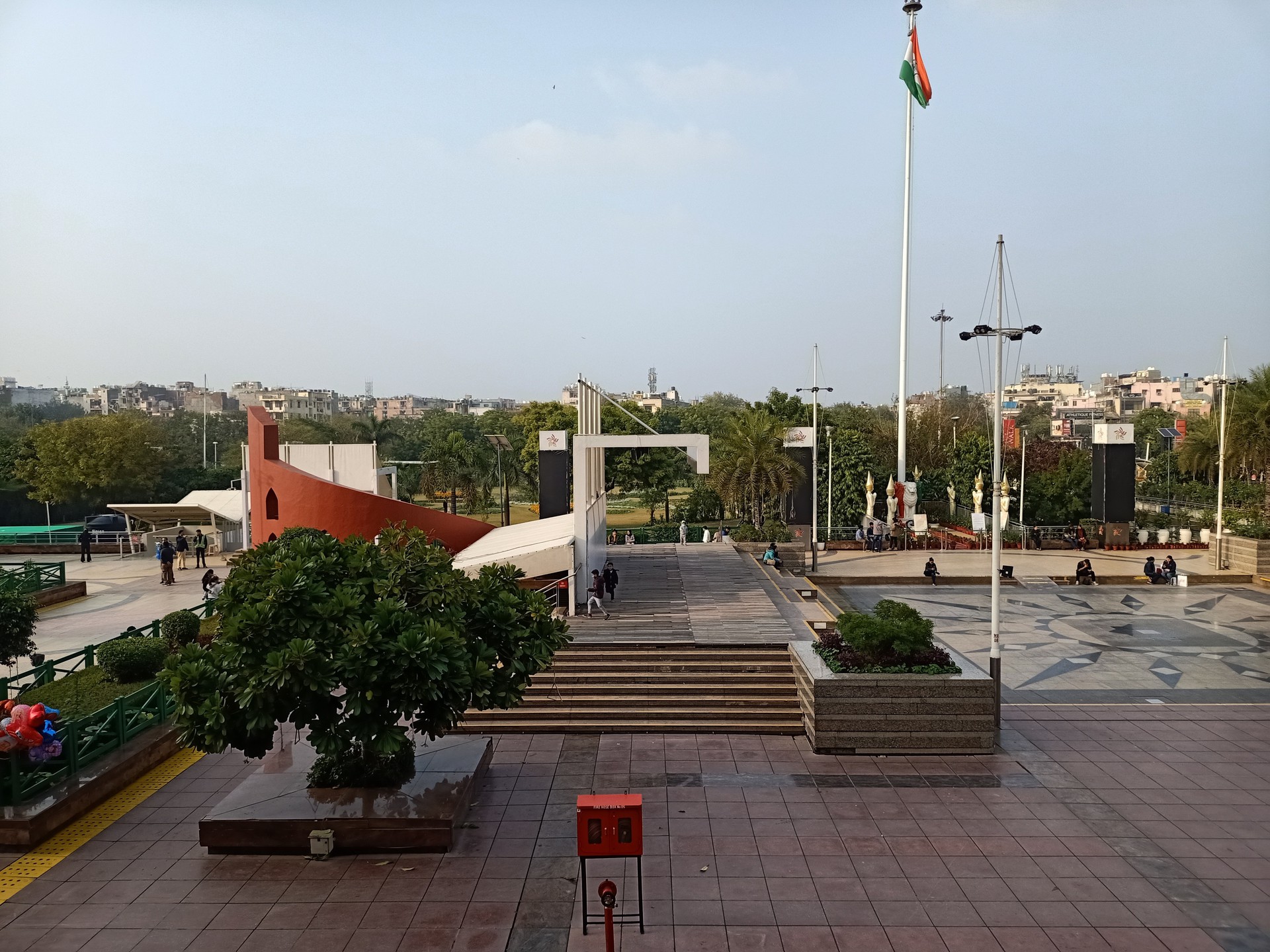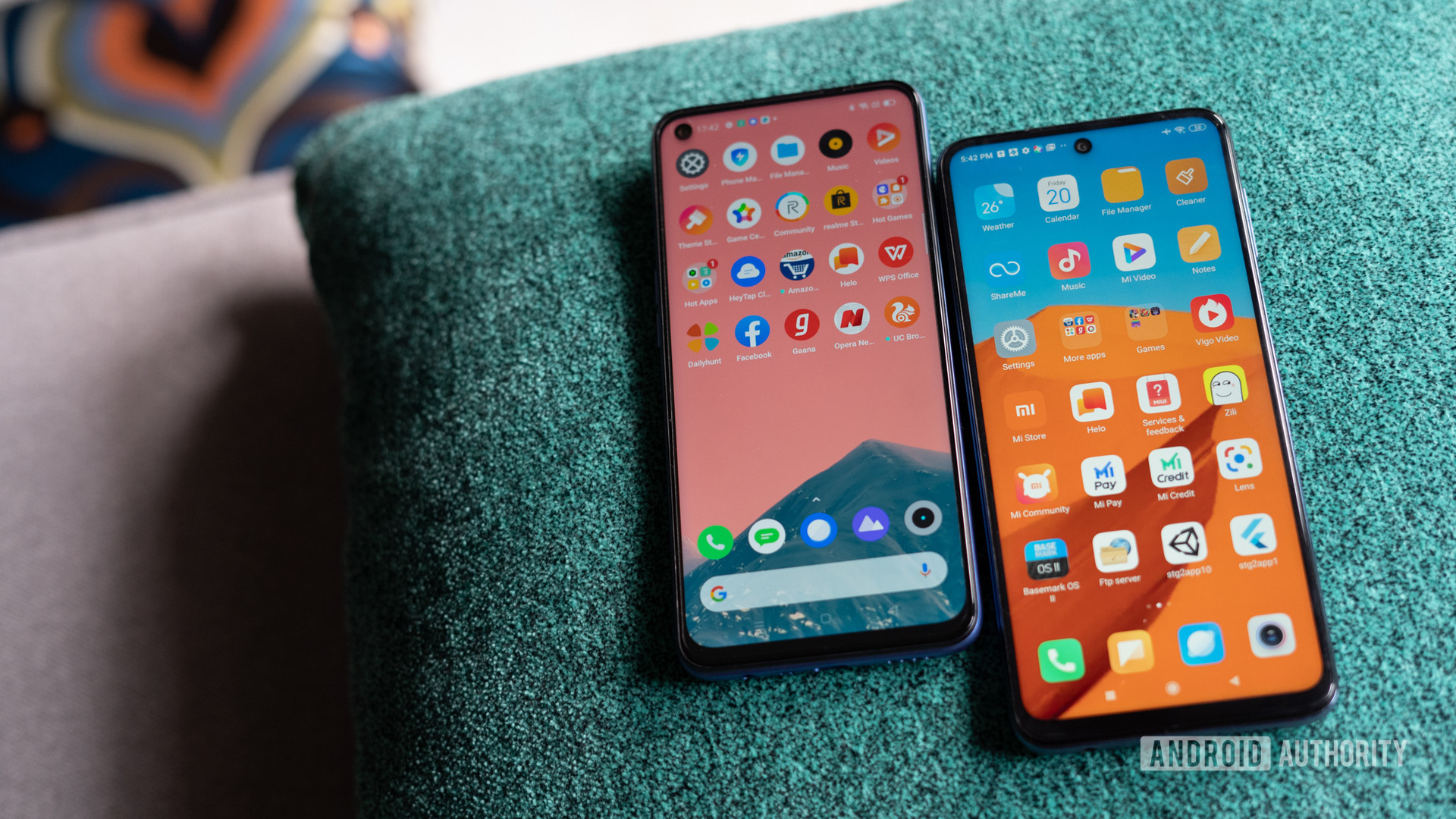Oppo F15 review: All of the style, none of the substance
India’s mid-range smartphone space is searingly hot and has, so far, been dominated by Xiaomi. A triple threat from BBK label-mates Realme, Vivo, and Oppo, however, arose in 2019. While Realme was the fastest-growing player due to its focus on entry-level devices, Oppo and Vivo succeeded through a concerted focus on imaging and premium designs. Amongst the first devices to be launched in 2020, the Oppo F15 is yet another effort to introduce a high-end, visually appealing design with a focus on features that matter.
We spent a few days assessing whether or not the Oppo F15 is genuinely capable of carving out a niche for itself in the popular sub-20,000 rupee (~$280) price band. Here’s the Android Authority Oppo F15 review.
Update: March 31, 2020: We have updated the review with details on the CPH2001_11_A.27 update shipped out by Oppo. The value for money section has also been updated.
Oppo F15 design: All about the style
The Oppo F15 is a pretty looking piece of kit that errs deceptively close to Realme’s phones. Oppo, Vivo and Realme are all a part of the larger BBK group and I’m not sure if taking design inspiration from a fellow brand is truly copying, but at first glance, it is pretty hard to differentiate between the Oppo F15 and the Realme XT.

That said, the Oppo F15 pulls ahead with a lighter build and marginally slimmer profile. The weight advantage, in particular, is noticeable. The phone exhibits excellent ergonomics and I could see myself holding it for long periods of time with no hand fatigue. The power button is positioned well on the right, and the split volume rocker on the left delivers just the right amount of tactile feedback, a pet peeve of mine with mid-rangers. Excellent work, Oppo!
Along the bottom edge is a centrally placed USB-C port. Flanking it on the right and left are the speaker and the headphone jack, respectively. I did not like the chrome border running around the phone.

We’ve seen gradients in all colors and mixes, from the aggressive patterns on the Redmi K20 series to the subtle gradation on the Oppo Reno. The Oppo F15 strikes a balance with a gentle transition between milky white and purple. The company calls the shade Unicorn White. I think it looks very nice, although some might call it a bit feminine. You can opt for a more generic black variant if you prefer a darker look. For better or worse, the back is made of laminated polycarbonate. It doesn’t feel as good as glass, but it should be able to take a beating if you have a habit of dropping your phone.

I like the display on the Oppo F15. It isn’t the most accurate around, but the color is over-saturated in just the right amount to make media and photos pop. I had no issues with brightness either, and the phone was perfectly visible even in bright sunlight. I don’t have the biggest hands and I found myself struggling to reach the top of the 6.4-inch display. The 20:9 aspect ratio certainly didn’t make it easier, though that’s hardly a problem unique to the Oppo F15. At the top you’ll find a not-too-large notch for the selfie camera. The phone relies on Gorilla Glass 5 for protection.
The F15 sports an in-display fingerprint reader that I found to be sufficiently fast and reliable.
How’s the camera on the Oppo F15?
The camera island on the Oppo F15 stands out thanks to is Huawei P30 Pro-esque profile. The quad-lens layout is set within a black module with a slim dual-LED flash offset to the right below it. There’s a 48MP primary camera that can only shoot pixel-binned 12MP shots, an 8MP ultra-wide shooter, a 2MP macro camera, and an additional depth sensor — in other words, something for everyone.
Image quality is surprisingly good. Pics are generally low on noise and look punchy. Surprisingly, the camera app doesn’t have an option to shoot full-resolution 48MP images and defaults to over-sampled 12MP shots.

Outdoors on a bright day, the phone captured a shot that was low on noise and generally looked good. Dynamic range is a bit limited, as is usually the case with mid-range smartphones. This is particularly visible in the darkened shadow regions.
The camera impressed with its detail retrieval when shooting up close.
For example, there’s a legit loss of detail under the tree and foliage. Pixel-peeping reveals that intricate details have been smeared to reduce noise, but this is par for the course. The same holds true for the ultra-wide camera as well, though the lack of detail in the shadows was even more obvious here.

The camera impressed with its detail retrieval when shooting up close. Zooming in reveals a staggering amount of detail with minimal noise. There is a definite boost to saturation levels, but it can almost be called artistic. Purists won’t be happy with it, but social media enthusiasts will certainly appreciate the way the colors pop.

For that matter, even the portrait mode does a reasonable job at edge detection. It struggles with stray hair, but the bokeh fall-off is fairly realistic looking. I found the 16MP front-facing camera to be aggressive with smoothening and the results weren’t to my liking.
Video capture tops off at 1080p resolution at 30fps. Quality is acceptable and the primary camera includes stabilization. Just don’t bother shooting video in low-light conditions.
How well does it perform?
The MediaTek P70 chipset powering the Oppo F15 is the Achilles heel of the phone. In a silo, performance isn’t bad and I didn’t notice any issues at all with day to day usability. However, it is hard to ignore the fact that you can do far better in the price range.
The chipset can be found in competing phones such as the Realme 3, which costs less than half that of the F15. In fact, Oppo’s own portfolio includes a range of phones that undercut the Oppo F15’s pricing drastically and are powered by the same chipset.
The two-year-old Mediatek P70 chipset is no scorcher and can be found in more affordable devices.
While daily use with apps and social media is hardly a struggle, games do show us the limits of the Mediatek P70. Popular titles like PUBG struggle when pushed too high, and you will have to opt for reduced graphics in most current games. The phone ships with 8GB of RAM out of the box, which certainly helps with multitasking. The default 128GB of storage is nice to have as well, and there’s a dedicated microSD card slot should you want to upgrade storage further.
Battery life, on the other hand, is rather good. You can easily go a full day without anxiety. When it is time to charge the phone, the 20W charger is good enough to top-off the phone in a little over an hour.



On the software front, there is little to talk about. The Oppo F15 runs the same Color OS 6.1.2 that we’ve seen on multiple Realme and Oppo devices through 2019. I like the feature additions, but the presence of bloatware and unremovable “hot apps” can definitely be a grating experience.
As of March 31, the company has shipped an update to add in the February 2020 security patches and no other features.
Oppo F15 specifications
| Oppo F15 | |
|---|---|
| Display | 6.4-inch, FHD+ AMOLED 2,400 x 1,080 resolution 20:9 aspect ratio 402ppi 90.8% screen-to-body ratio Gorilla Glass 5 |
| Chipset | MediaTek Helio P70 12nm chipset 4 x 2.1GHz + 4 x 2GHz |
| GPU | Mali G72 MP3 |
| RAM | 8GB RAM LPDDR4X |
| Storage | 128GB UFS 2.1 |
| MicroSD | Yes |
| Battery | 4000mAh USB-C |
| Cameras | Rear: 48MP main at f/1.8 8MP ultra-wide at f/2.2 2MP macro at f/2.4 2MP portrait camera /f2.4 Front: 16MP at f/2.0 Video: Full HD at 30fps HD at 30fps 720p slow-mo at 240fps |
| IP rating | N/A |
| Headphone port | Yes |
| Connectivity | Dual nano-SIM slots Dual SIMs dual VoLTE 4G Wi-Fi: 802.11a/b/g/n/ac, 2.4/5GHz Positioning system: GPS, aGPS, GLONASS, Beidou navigation system Supports Bluetooth 4.2 connections |
| Security | In-display fingerprint scanner Face unlock |
| Software | Android 9 Pie ColorOS 6.1.2 |
| Colors | Lightning black Unicorn white |
| Dimensions | 160.2 x 73.3 x 7.9mm |
| Weight | 172g |
Is the Oppo F15 worth buying?

The Oppo F15 brings a lot of style to then game, but not much substance. The design is great and the lightweight build goes a long way towards ensuring comfort and usability. However, under the hood is a strictly run-of-the-mill chassis that lacks the grunt it needs to go up against the competition.
For example, the Realme X2 and Xiaomi K20 series both offer a lot more bang-for-the-buck. The Realme X2 is priced at Rs. 16,990 (~$240) and offers a more competent Snapdragon 730G chipset, as well as faster charging, and a 64MP camera. Meanwhile, the Redmi K20 is priced at Rs. 19,990 (~$280) and delivers more power, and nice-to-have features like a pop-up selfie camera.
In fact, even the lower-priced Redmi Note 8 Pro comes across as an excellent alternative to the Oppo F15. Priced at Rs. 19,990 (~$280), the Oppo F15 just doesn’t offer enough value to push back the competition.
Entering April 2020, there are even more alternatives in the form of the Realme 6 Pro and Redmi Note 9 Pro, both of which offer significantly better performance. The Realme 6 Pro even tosses in a slick 90Hz panel which is sure to improve the user experience. Add to that the beautiful designs and the F15 just doesn’t cut the mustard when placed next to the competition.
The Oppo F15 is a good phone that faces formidable competition, making it just too hard to recommend.
More posts about oppo
from Android Authority https://ift.tt/36rQ8VQ







Post a Comment